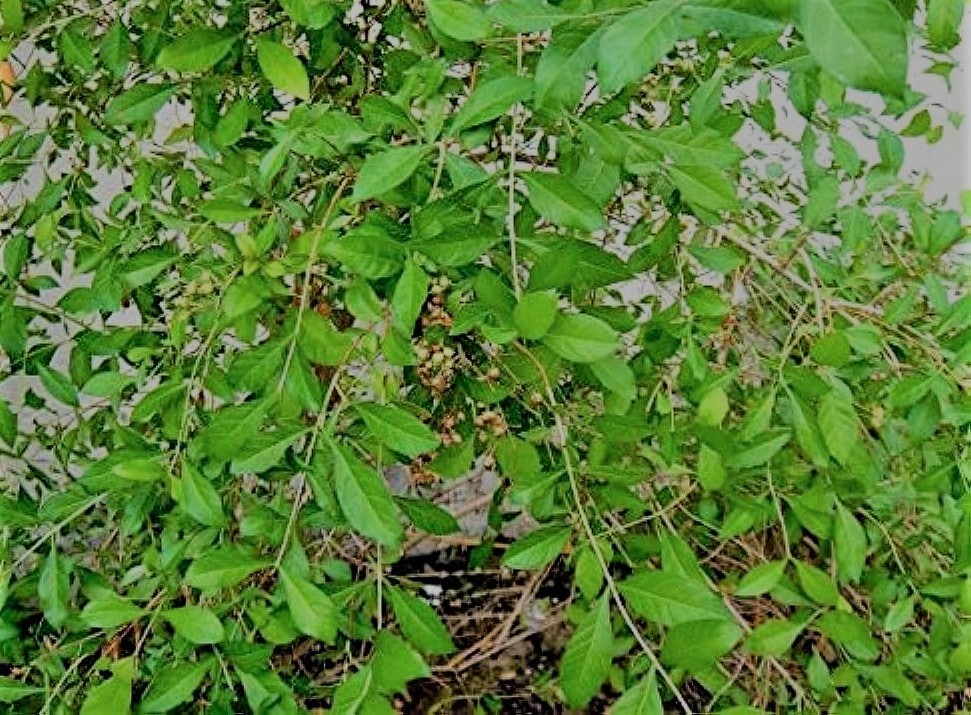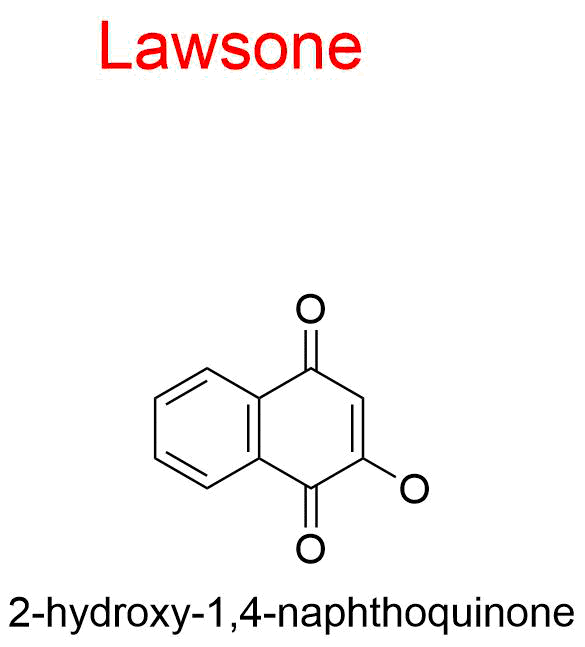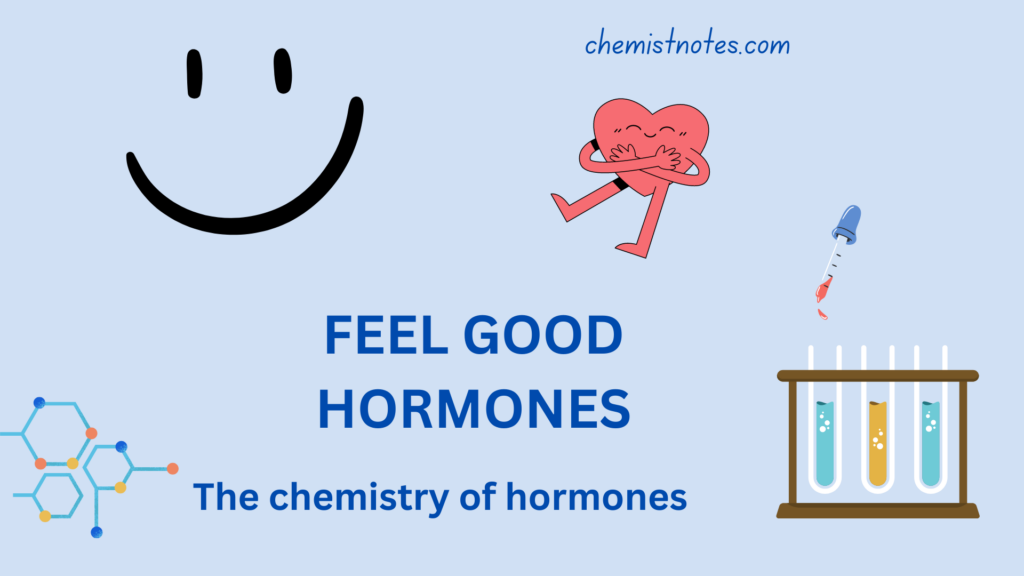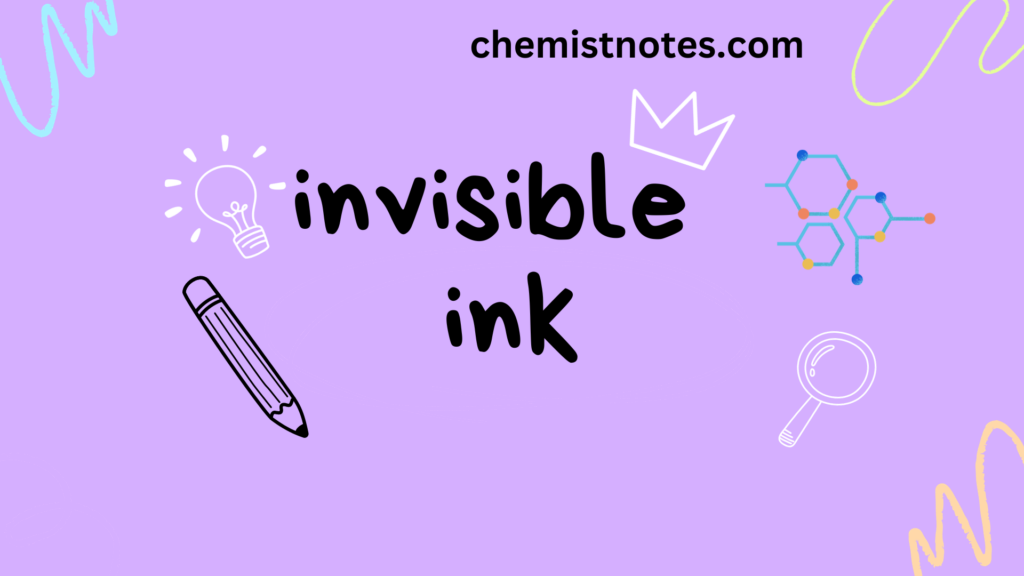Table of Contents
ToggleThe chemistry of mehendi is fascinating and full of chemicals. Generally, the season of Shrawan is called the season of mehandi. The girls and women generally put Mehandi with different designs during weddings, parties, festivals, etc. We are supposed to have mehendi for enjoyment and fun, but there is chemistry behind mehendi too.
Lawsonia inermis L., sometimes referred to as mehandi or henna, is a tiny tree or shrub with thick branches. It is grown for its different components, including the stem bark, roots, flowers, and seeds, which are used in conventional medicine. Tropical and subtropical climates support its growth.

The Chemistry of Mehendi
The Chemistry of Mehendi signifies that, women frequently get henna applied on their hands, ankles, and even the backs of their shoulders at Hindu and Sikh festivities. Men, on the other hand, typically get it applied on their back, chest, arms, and legs. As a result of contrast with the lighter skin on these areas, which by nature contains less melanin, the design will be most visible on the palms, backs of the hands, and soles of women’s feet.
History of Chemistry Behind Mehandi
Mehndi was first employed in ancient civilizations like Babylon and ancient Egypt in the ancient Middle East and Indian subcontinent. According to cave art in the Deccan, notably in the Ajanta Caves, it was common in India in the fourth century.

Little bit about Chemicals
The primary compound in traditional plant-based henna is termed lawsone (2-hydroxy-1,4-naphthoquinone), an orange-red pigment that gives the product its characteristic hue. Due to its high affinity, lawsone immediately interacts with the amine or sulfur functional groups of keratin.
Mehndi is a well-liked type of body art in South Asia, and it is comparable to henna body art customs used in North Africa, East Africa, and the Middle East. Mehndi is known by a variety of names in the languages of South Asia.
Para-phenylenediamine (PPD), which may swiftly turn the skin black but can also induce serious allergic responses and irreversible scarring if used for longer than 2-3 days, is one of the unlisted colors and chemicals that it might potentially include.
Traditional Reason behind dark-mehandi
The dark mehandi color on a bride’s hand symbolizes their intense love for one another. The bride’s and her mother-in-law’s affection and understanding are also depicted through the mehendi color. The more time the mehandi has to keep its color, the luckier it is for newlyweds.
Why does the color of the mehandi go on turning black?
After application, the mehandi color first seems light. However, the longer you leave it on, the darker it gets. It is as a result of the color lawsone.
Chemical Composition of Mehandi
Lawson, also known as 1-hydroxy neftokinone, numerous phenolic glycosides, coumarin, qunioids, xanthone, -sitosterol Glucoside, luteolin, and the 0-7-glucoside extract, which is resin, tannin, and fat, are all substances found in henna leaves. Gallic acid, 1,4-napthoquinone, laxanthone, acacetin -7-0-Glucoside, and a small amount of alkaloid are other chemicals that have been isolated from leaves.
Phytochemistry of Mehendi
The henna’s naphthoquinones have drawn the most study attention since they contain coloring characteristics and powerful antibacterial and antioxidant activities. There are many naphthoquinones found in henna, including lawsone (2-hydroxy-1,4-naphthoquinone) and 2-methoxy-3-methyl-1,4-naphthoquinone. Naphthalenes are the source of these henna naphthoquinones.
Lawsoniaside (1,2,4-trihydroxynaphthalene-1,4-di-D-glucopyranoside), one of a few naphthalenes, and 1,2,4-trihydroxynaphthalene-1-O-D-glucopyranoside Lawsonaphthoate A–C and 1,2-dihydroxy-4-Oglucosyloxynaphthalene, three methyl naphthalene carboxylates, have been isolated from henna stems and leaves.

Side effect of Chemical mehandi
It may result in negative side effects such as skin scarring, swelling, blisters, itching, and burning. These adverse responses are often brought on by a henna component. This extra component is most frequently seen in “black” henna.
Reliable Application of Mehendi (Leaf, Flower, Seed, etc)
- Potential uses in brain functioning
- Antidiabetic herb
- Immunomodulatory activities
- Hepatoprotective
- Sickle cell anaemia
- Microbial activity
- Blood thinning
- Cancer
- Wound healing
- Antioxidant









